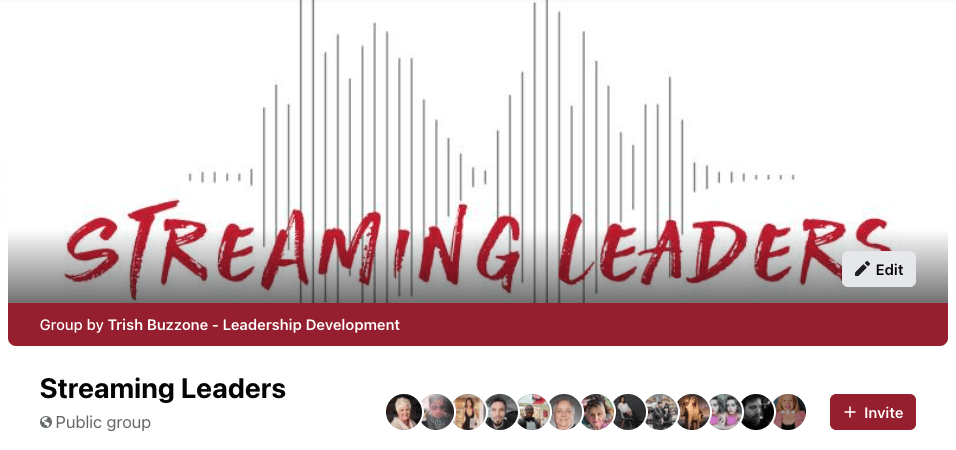In previous blogs, especially here, here and here, we’ve talked about what a leadership culture looks like on a team. An active leadership culture is not only an environment in which leadership is embraced and trusted, it is an environment in which the leaders are intentional about developing other leaders on their team.
A leadership culture is a culture other leaders are drawn to. They see leadership opportunities and expectations reflected in the hiring process, in employee development and in vision sharing. What does that look like? To answer that question, I’m going to review some points made by John Maxwell Companies CEO Mark Cole at a recent conference.
Mark offered several points describing what a leadership culture looks like. I’ve taken those descriptions and turned them into questions that will help every leader create an effective leadership culture on their team.
Do I project enthusiasm for the vision?
Our team will see, and often mirror, our level of enthusiasm. When we are negative and uninspired, we encourage negativity and fail to inspire. This isn’t as simple as flipping a switch, though, and our teams know when we’re faking. Instead of “trying” to be excited and inspiring, we see better results when we put ourselves in environments and connect ourselves with challenges that stir our passions.
That’s not to say we will feel positive and inspiring all the time. We all have “bad” days, times where we struggle, we feel overwhelmed or disconnected. In those times, it’s easy to let these feelings guide our choices. However, when we are willing to be authentic, and also responsible and empathetic, we create opportunities to connect with our team in new and deeper ways.
Is my focus totally forward?
When we get caught up worrying about yesterday’s mistakes or promoting yesterday’s successes, we are less able to invest in today or plan for tomorrow. As leaders, if we are hanging on to past accolades or “the way we used to” we hold ourselves and our people back, stunt the team’s growth potential, and miss out on today’s opportunities.
It’s a good idea to take time on a regular basis to consider what filters from our past may be clouding our current focus on today. Are there ideas or hurts, regrets or failures that are distracting our focus? If so, it’s well worth the time to take a moment, clear our mind and heart of these thoughts and shift our focus to what’s in front of us.
Are my team members free to fail?
Failure is not the enemy. It is one of life’s best learning tools. If you are not in danger of failing, you are also not in a position to succeed. Leadership cultures thrive best when everyone on the team is facing a challenge that stretches them, develops their skills and excites their heart. Because these pursuits, these challenges, matter, they have better potential to help us grow, as individuals and as a team.
A close-knit team will rise up when faced with the opportunity to succeed. They will work together to turn small, temporary failures into eventual success, each team member’s skill, talent and passion driving the vision forward. This will not happen in an environment in which people are taught to fear or feel shame in the face of failure.
Are our team members helping each other grow?
In an effective, contagious leadership culture, members of the team will challenge each other, encourage each other and strengthen each other. When all of us are connected with the vision, and when what we’re doing matters, we will strive to be our best and to encourage others to do the same. That expectation will encourage each member of the team to grow, personally and professionally.
Do any of these questions resonate with you? Which ones, and which questions would you add?
Planting seeds of transformation
Planting seeds of transformationTo experience real, powerful growth, I have to begin with myself In the song, Revolution, John Lennon pushes back against the idea that important growth only happens after people join larger movements. Revolution begins,...
Why I Value Thinking Partners
Why I Value Thinking PartnersTrusted people who encourage a higher level of awareness increase our capacity to think clearly, to act intentionally, and to lead effectively As we all transition into a world indelibly changed, much of the conversation around...
Where Our Focus Goes, Our Energy Flows
Where Our Focus Goes, Our Energy FlowsWhatever the circumstances, what we think and who we choose to be makes all the difference Sometime around March 2020, life as we know it went off the rails. As the number of coronavirus cases grew, businesses closed,...
Will you courageously stand in the unknown?
Thinking partners make a huge difference in our lives. Even when we don’t immediately need them, there’s comfort in knowing we have people we trust to go to with our questions and concerns. But what about those times when there is no trusted advisor around...
Do you have dogs?
Do you have dogs? How an unexpected question transformed intention into action Recently, a friend shared with me how an unexpected question helped him move from intention to action. After role shifts in his career and at home, he’s been struggling to, as...
Are you choosing to actively listen?
When we listen TO someone, we hear what they are saying, and we often miss WHY they are saying it. The meaning behind the words reveals who the person is being in that moment. Are they frustrated or hopeful, determined or resigned? Are they focused on...









0 Comments